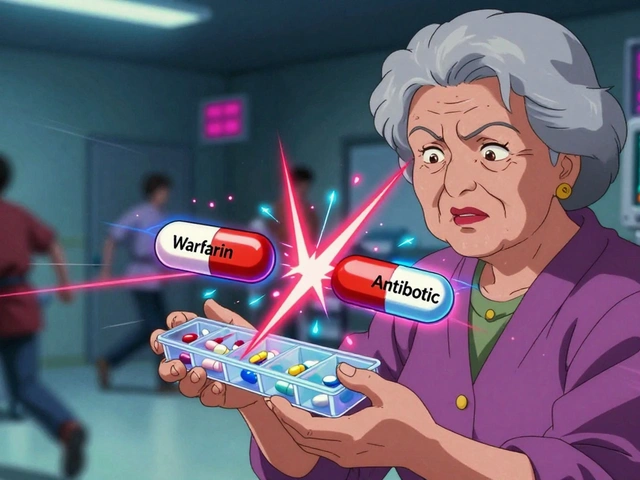ACE Inhibitors: What They Are, How They Work, and What You Need to Know
When your doctor prescribes an ACE inhibitor, a type of medication that lowers blood pressure by blocking the angiotensin-converting enzyme, which narrows blood vessels. Also known as angiotensin-converting enzyme inhibitors, these drugs help relax arteries, reduce fluid buildup, and ease the strain on your heart. You might have heard of them as lisinopril, enalapril, or ramipril—those are all names of specific ACE inhibitors used every day to treat high blood pressure, heart failure, and diabetic kidney damage.
These medications don’t just lower numbers on a blood pressure cuff. They actually protect your organs. For example, if you have diabetes, an ACE inhibitor can slow down kidney damage better than some other blood pressure pills. After a heart attack, they help the heart heal without overworking. And for people with chronic kidney disease, they reduce protein loss in urine—a sign the kidneys are struggling. That’s why they’re often the first choice, not just a backup.
But they’re not magic. Some people get a dry cough—so common it’s almost expected. Others feel dizzy when standing up, especially at first. That’s because they lower blood pressure pretty hard. And while rare, swelling in the face or throat (angioedema) can happen. If you’ve had this reaction before, you should never take one. Also, they can raise potassium levels, so if you’re on potassium supplements or have kidney issues, your doctor will monitor you closely.
You’ll often see ACE inhibitors paired with other drugs. Diuretics help flush out extra fluid, and calcium channel blockers add more muscle relaxation. But you won’t find them mixed with ARBs (angiotensin receptor blockers) because they do nearly the same thing—using both doesn’t help much and increases risk. And if you’re pregnant, these drugs are a hard no. They can harm the developing baby’s kidneys and cause serious birth defects.
What’s interesting is how widely they’re used across different conditions. You’ll find them in treatment plans for people with heart failure, after strokes, even in some cases of migraines. But their biggest role? Keeping blood pressure under control without causing major side effects in most people. They’ve been around for decades, but they’re still a top pick because they work, they’re cheap, and they’ve been proven in millions of patients.
Below, you’ll find real-world guides on how these drugs interact with other medications, what side effects to watch for, and how they compare to other treatments. Some posts talk about swelling from drugs like amlodipine—something that can look similar to ACE inhibitor side effects but isn’t the same. Others cover how to manage high blood pressure safely, avoid dangerous interactions, and understand when a change in meds might be needed. This isn’t just theory. These are the questions real people ask, and the answers they need to stay safe and in control.






